High Speed Photography - Featured Artist #2
I take a look at the amazing explosive work of Jon Smith.
Blog post: http://www.photosincolor.com/featured-artist-jon-smith/
John Smith of Wide Eyed Illuminations is a self taught photographic mastermind who's creative mind drove him to create these stunning high speed photographs. We are lucky enough to feature him on www.photosInColor.com and get an insight into his wonderful artistic world.
I started taking photographs in 2010 searching for a creative outlet. At the time I was working as an analytical chemist and was looking for something to balance out the monotonous day to day activities that went along with my job. So I picked up a camera and began to teach myself photography. As I learned I became enamored with all the different styles and techniques that were out there. I experimented with extended exposures, light painting, macro, infra-red and eventually came across high speed photography.
The first thing I do is to think of what I want to put in, or on the outside of the light bulb. The setup I use consists of a small 2'x2' black table from Ikea (to set the bulb on) and a black cloth I nailed to the wall a couple feet behind the table. My camera is on a tripod with a 10sec. timer, f/8, 2sec. shutter, ISO 100. I pre-focus on the light bulb and start the countdown timer, turn off all the lights, line up my shot (using a small flashlight in the corner of the garage to give just enough light to see, but not enough to affect the exposure) and wait for the shutter to open. Once it opens, I shoot the bulb with a pellet gun. I have a sound activated flash that goes off when the gun is fired. I vary how quickly the flash goes off by adjusting the distance between the microphone on the sound trigger and where I am shooting from (about 10'). The flash I use is a modified Kodak disposable camera that has been gutted and hooked up to a sound trigger purchased from hiviz.com (sk2 with no delay).
The most challenging part was the initial experimentation in order to get a consistent result. At the beginning, I missed more shots than I got, mostly due to user error. Getting the flash to fire at the right time was the biggest obstacle. Since I'm capturing something that happens in a fraction of a second, if the flash went off just a little too early or a little too late, I was left without a good photo, and the bulb was destroyed so it was back to square one. It took a lot of trial and error, making small adjustments here and there before I finally figured out where to shoot from, how tight to frame the shot, where to place the sound trigger, how to position the flash and what camera settings to use. Now that I have all that figured out, I at least get a photo of the bulb breaking (whether or not it is good or interesting is another story) about 90% of the time.
The best thing that can happen to one of the shots is for it to turn out better than I pictured in my head. The best example of this happening is my photo "Splitting Headache". My goal for this shot was to have it loosely represent a skull by dipping the outside in white paint and filling the inside with crushed, red chalk pastels. I was very lucky to have the bulb break in such a way that the end result actually looks like a skull!
The equipment used:
Canon 5D Mark III
Tamron 70-200mm f/2.8 (non-VC)
Sound Trigger SK2 (from hiviz.com)
Modified Kodak disposable camera
Ikea Table
Black Sheet
Light bulbs...lots of light bulbs (I was given about 15 boxes full of used up light bulbs from a friend that does green renovations on buildings [replacing the tungsten bulbs with more efficient CFLs])
Needle nose pliers and a fork (to take the bulbs apart from the bottom)
All photos used with permission from John Smith (Wide Eyed Illuminations) and Incognito Media.
What do you think of his work? Why not have a go and post some of your attempts in the comments below.
Photos used with permission from John Smith (Wide Eyed Illuminations) and Incognito Media.
Blog post: http://www.photosincolor.com/featured-artist-jon-smith/
John Smith of Wide Eyed Illuminations is a self taught photographic mastermind who's creative mind drove him to create these stunning high speed photographs. We are lucky enough to feature him on www.photosInColor.com and get an insight into his wonderful artistic world.
I started taking photographs in 2010 searching for a creative outlet. At the time I was working as an analytical chemist and was looking for something to balance out the monotonous day to day activities that went along with my job. So I picked up a camera and began to teach myself photography. As I learned I became enamored with all the different styles and techniques that were out there. I experimented with extended exposures, light painting, macro, infra-red and eventually came across high speed photography.
The first thing I do is to think of what I want to put in, or on the outside of the light bulb. The setup I use consists of a small 2'x2' black table from Ikea (to set the bulb on) and a black cloth I nailed to the wall a couple feet behind the table. My camera is on a tripod with a 10sec. timer, f/8, 2sec. shutter, ISO 100. I pre-focus on the light bulb and start the countdown timer, turn off all the lights, line up my shot (using a small flashlight in the corner of the garage to give just enough light to see, but not enough to affect the exposure) and wait for the shutter to open. Once it opens, I shoot the bulb with a pellet gun. I have a sound activated flash that goes off when the gun is fired. I vary how quickly the flash goes off by adjusting the distance between the microphone on the sound trigger and where I am shooting from (about 10'). The flash I use is a modified Kodak disposable camera that has been gutted and hooked up to a sound trigger purchased from hiviz.com (sk2 with no delay).
The most challenging part was the initial experimentation in order to get a consistent result. At the beginning, I missed more shots than I got, mostly due to user error. Getting the flash to fire at the right time was the biggest obstacle. Since I'm capturing something that happens in a fraction of a second, if the flash went off just a little too early or a little too late, I was left without a good photo, and the bulb was destroyed so it was back to square one. It took a lot of trial and error, making small adjustments here and there before I finally figured out where to shoot from, how tight to frame the shot, where to place the sound trigger, how to position the flash and what camera settings to use. Now that I have all that figured out, I at least get a photo of the bulb breaking (whether or not it is good or interesting is another story) about 90% of the time.
The best thing that can happen to one of the shots is for it to turn out better than I pictured in my head. The best example of this happening is my photo "Splitting Headache". My goal for this shot was to have it loosely represent a skull by dipping the outside in white paint and filling the inside with crushed, red chalk pastels. I was very lucky to have the bulb break in such a way that the end result actually looks like a skull!
The equipment used:
Canon 5D Mark III
Tamron 70-200mm f/2.8 (non-VC)
Sound Trigger SK2 (from hiviz.com)
Modified Kodak disposable camera
Ikea Table
Black Sheet
Light bulbs...lots of light bulbs (I was given about 15 boxes full of used up light bulbs from a friend that does green renovations on buildings [replacing the tungsten bulbs with more efficient CFLs])
Needle nose pliers and a fork (to take the bulbs apart from the bottom)
All photos used with permission from John Smith (Wide Eyed Illuminations) and Incognito Media.
What do you think of his work? Why not have a go and post some of your attempts in the comments below.
Photos used with permission from John Smith (Wide Eyed Illuminations) and Incognito Media.

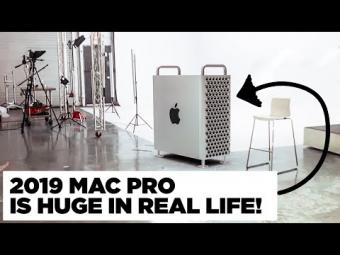
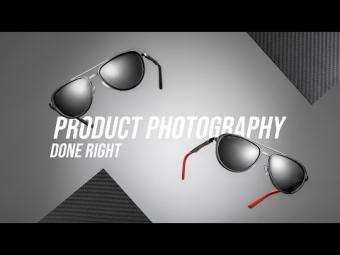
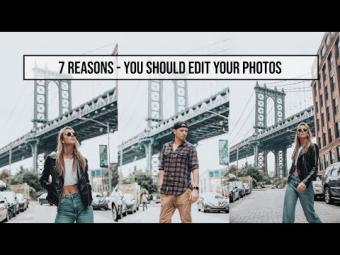
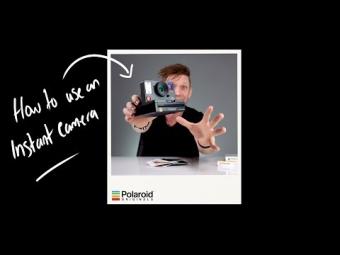
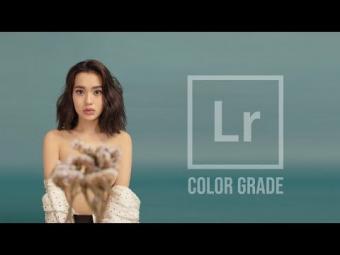
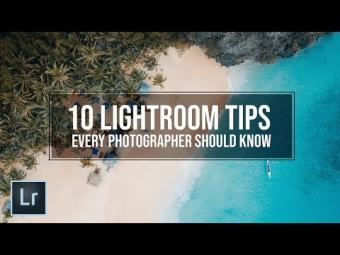
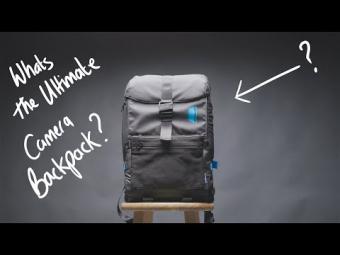
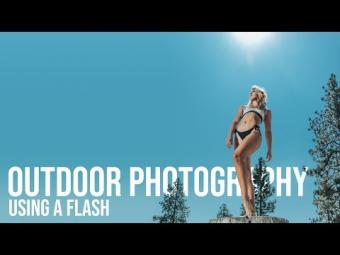
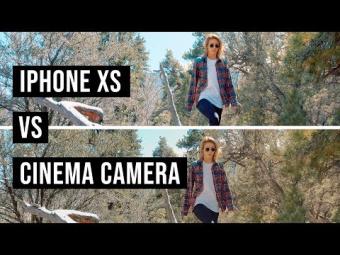
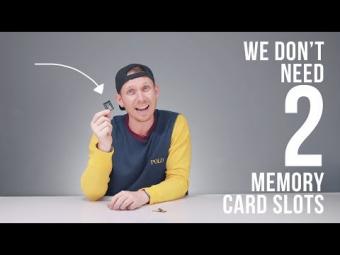
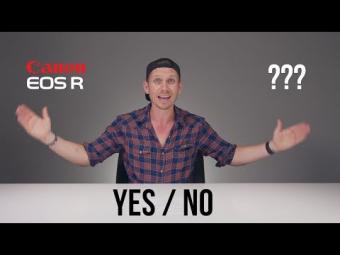
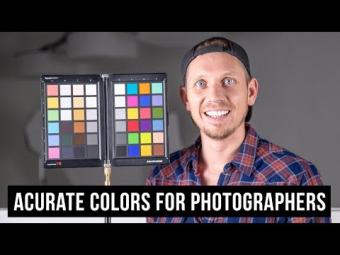
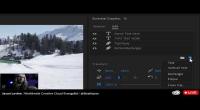
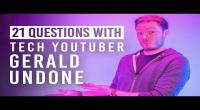
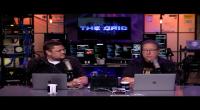
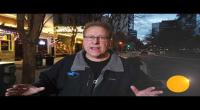
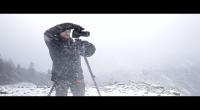
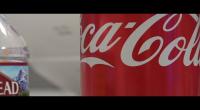
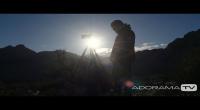
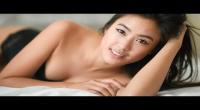

YORUMLAR